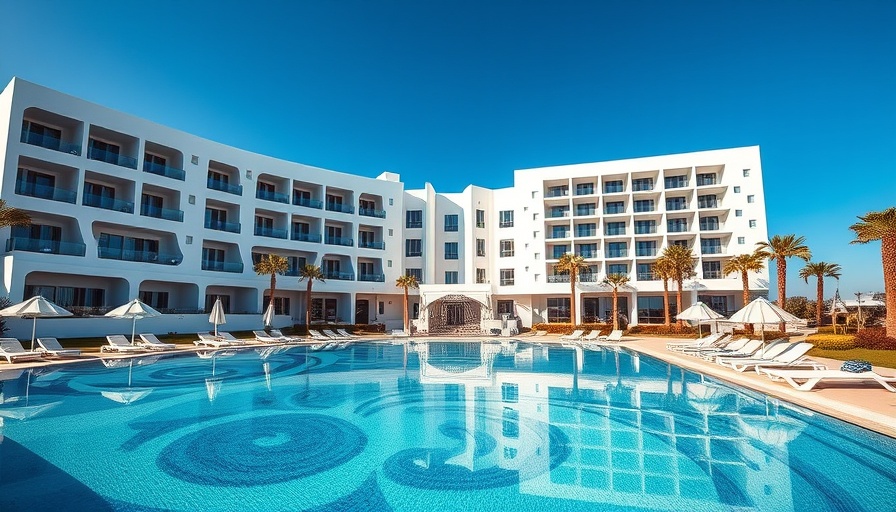Sun-kissed beaches, turquoise waters, and a rhythm of life that moves to the sound of calypso drums—welcome to Antigua and Barbuda, the Caribbean paradise that’s both vibrant and tranquil. These twin islands, part of the Lesser Antilles, are often overshadowed by their more commercial neighbors. Yet, they offer everything a traveler could want: natural beauty, rich history, and a warm, welcoming culture.

365 Beaches, One for Every Day
Antigua proudly boasts 365 beaches, each with its own charm. Whether it's the powdery sands of Dickenson Bay or the serene Half Moon Bay, there’s a stretch of coastline to suit every mood. Meanwhile, Barbuda, the smaller and more secluded sibling, offers pink-sand beaches like Princess Diana Beach, named after the late royal who vacationed there. These beaches are often deserted, making them ideal for peaceful getaways.
Historical Riches and Living Heritage
Antigua was once a hub of British colonial power in the Caribbean, and the remnants of this era can still be seen today. Nelson’s Dockyard, a UNESCO World Heritage site, is a restored 18th-century naval base that now hosts museums, restaurants, and sailing events. Nearby, Shirley Heights offers panoramic views of the island and is famous for its lively Sunday evening barbecues, complete with steel band music and dancing.
Ecotourism and Wildlife Wonders
Beyond the beaches, Antigua and Barbuda are rich in biodiversity. In Barbuda, the Frigate Bird Sanctuary is home to one of the world’s largest colonies of these impressive seabirds. The islands also offer opportunities for hiking, kayaking through mangroves, and snorkeling in coral reefs teeming with marine life. Conservation efforts are ongoing, with both locals and international partners working to preserve the islands' natural heritage.
Carnival and Culture
Antiguans know how to celebrate, and their annual Carnival is a ten-day explosion of color, music, and dance. Held every August, this festival commemorates the abolition of slavery and showcases the islands’ vibrant African heritage. Visitors are welcome to join the parades, taste local delicacies, and dance to soca and calypso rhythms in the streets.
Gastronomy with a Caribbean Twist
The culinary scene in Antigua and Barbuda is a delightful mix of Creole flavors, fresh seafood, and international influences. Don’t miss the national dish, fungi (cornmeal) and pepperpot (a hearty stew), or a plate of grilled lobster by the beach. Local markets and seaside shacks offer authentic eats that reflect the island’s soul.
Why Visit Antigua and Barbuda?
For travelers seeking both adventure and tranquility, Antigua and Barbuda offer the best of both worlds. With direct flights from major cities and a growing number of boutique resorts, the islands are becoming increasingly accessible without losing their charm. Whether you’re sailing along the coast, diving in a marine reserve, or simply lounging under a palm tree, these islands promise unforgettable moments.
Antigua and Barbuda also present an attractive destination for eco-conscious travelers. With sustainable tourism initiatives on the rise, including eco-resorts and wildlife protection programs, visitors can enjoy the islands responsibly.
Practical Tips
The best time to visit is between December and April, during the dry season.
U.S. dollars are widely accepted, and English is the official language.
Renting a car is a great way to explore Antigua; Barbuda is best reached by ferry or small plane.
Antigua and Barbuda may be small in size, but they are mighty in appeal. These twin islands are more than just a beach destination—they're a cultural, ecological, and historical experience waiting to be embraced. Don’t just dream of the Caribbean; live it in Antigua and Barbuda.
 Add Row
Add Row  Add
Add 




Write A Comment